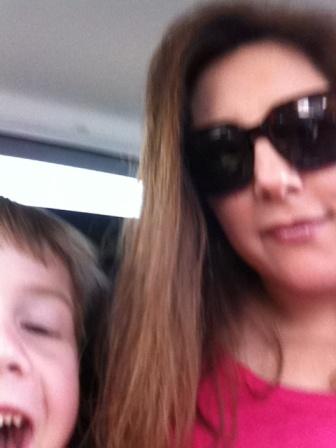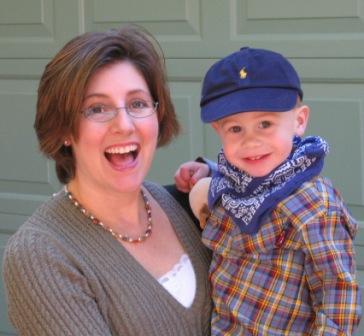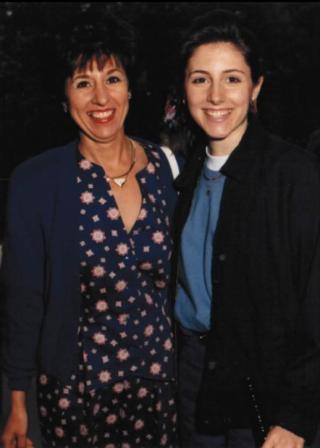
“Your mom lived a long time,” said my six-year-old over Cheerios at breakfast, “and then she died.”
“Yes, she lived a long time and then she died,” I said. “She lived until she was…”
Uh, oh. I didn’t want to go there. “Until she was old,” I said.
“How old was she?” he said.
Little kids are so smart. I was caught and had to answer him.
“She died when she was 45.”
“She was young when she died,” he said. Smart, and can do the math.
“Yes,” I said. “She was young. But your great-grandmother lived to be 83.”
This launched a series of fish stories, my husband and I recounting all our relatives who died in their 80s, 90s, virtually any age older than 45.
My son knows I’m 40. He announced it to anyone who would listen the night of my birthday at The Cheesecake Factory. And he knows 40 is only five less than 45. Like I said he can do the math.
I can do the math too. Given those numbers, I have less than five years to go.
My math is more advanced than my son’s. What he doesn’t know is my maternal grandfather died at 50. Looking at this pattern of 50 then 45, what comes next?

I used to figure 40, but so far I’m still alive. My new guess is 42 1/2. Time is running out.
My husband thinks I’m mad when I start this. He was there when my mother was diagnosed with cancer, when she died 10 months later, when we buried her. He gets my grief. The death wish however throws him for a loop.
“I do not want to die in Missouri,” I said upon returning from spring break. Missouri is pronounced misery when I’m particularly homesick.
“I want to die in North Carolina. We can stay here for now, but as soon as I am diagnosed with a terminal illness, I am moving with or without you.”
Or how about this one? “If something were to happen to me, I want you to print out my blog posts and save them for when our son is older.”
My husband stares at me perplexed, troubled, gently shaking his head. We’ve been down this road before.
“You’re not your mother,” he says. “You’re not going to die when you’re 45.”
“How do you know?” I might be 42 1/2. “You don’t understand.”
Hope Edelman understands. She was only 17 when her mom died.
In her book “Motherless Daughters: The Legacy of Loss,” Edelman calls it Mortality Math 101. It’s the calculation “in which a mother’s age at death is a fixed value, and the only distance worth measuring is the one between here and there (1994, p. 222).”
I don’t want to die at 45 or anytime between now and then or for many years after. But I don’t know. None of us do.

My mom’s death strips me of the illusion that it can’t happen. Leaves me exposed as I slowly inch toward the “neon number,” a phrase from Edelman’s 2007 book “Motherless Mothers: How Mother Loss Shapes the Parents We Become.”
45-45-45. It blinks and stutters, glaring up ahead in the dark.
I can ignore it. Pretend I don’t see it. Lie and tell my son 45 is really quite old.
Or I can set my face like flint toward it, look it in the eye, and pray to live.
When the perishable has been clothed with the imperishable, and the mortal with immortality, then the saying that is written will come true: “Death has been swallowed up in victory.”
“Where, O death, is your victory?
Where, O death, is your sting?” 1 Corinthians 15:54-55 NIV
Diamond Rio, One More Day.